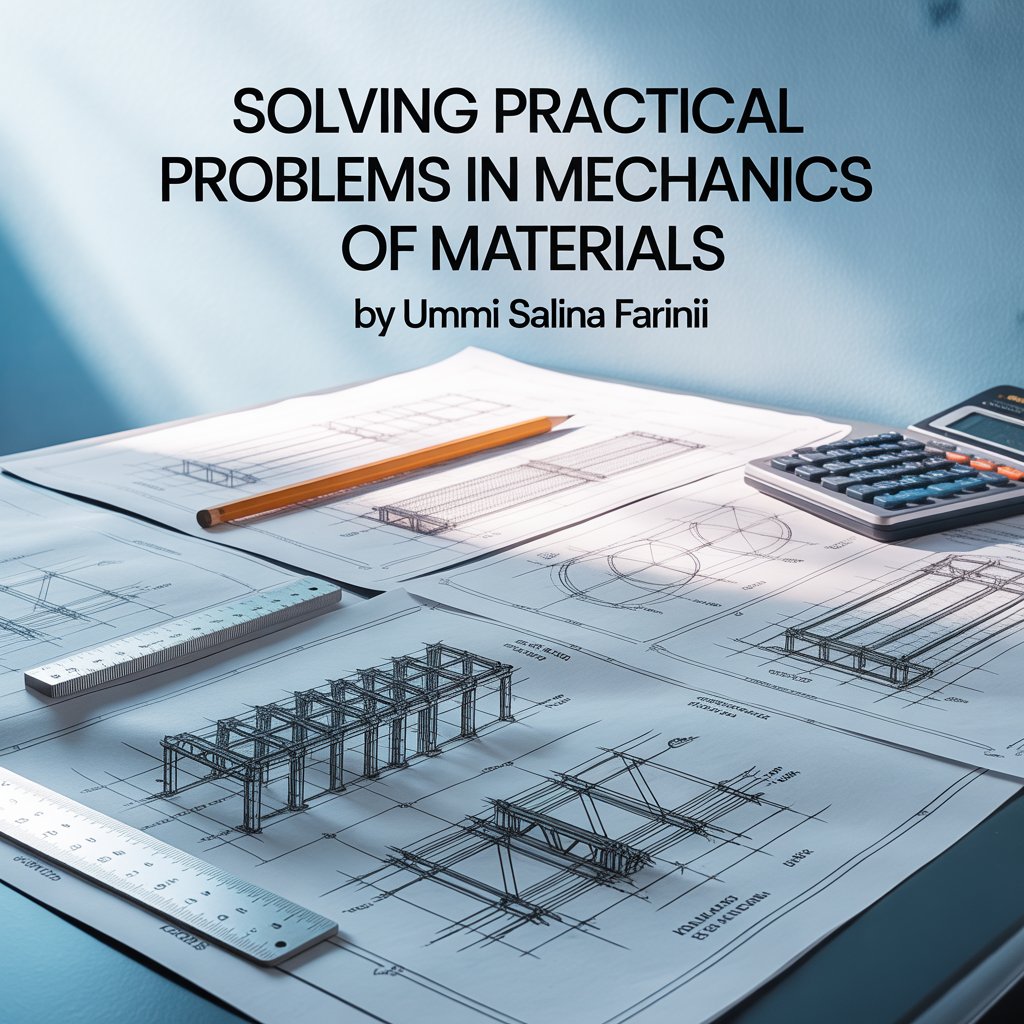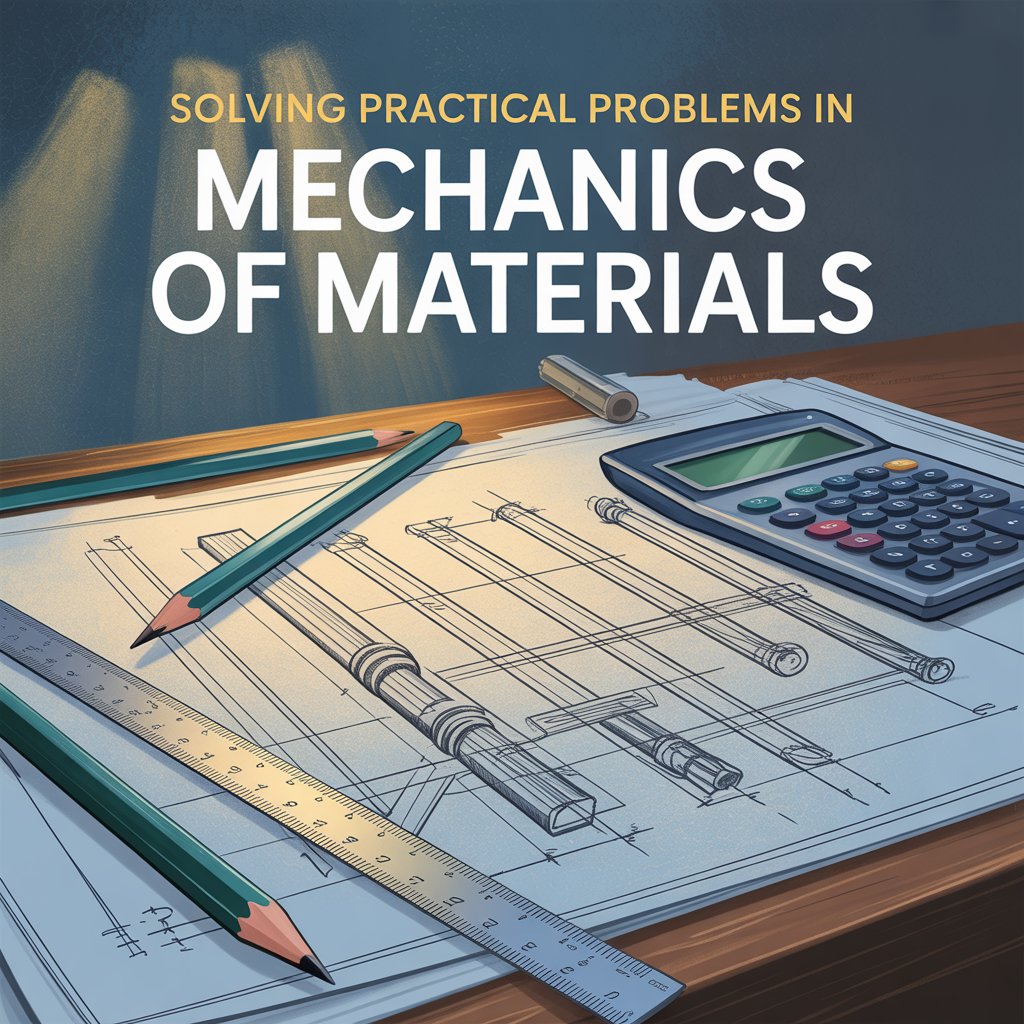
Mechanics of Materials
About This Course
Solving Practical Problems in Mechanics of Materials
Unlock Your Engineering Potential!
Are you struggling to master stress, strain, and deformation concepts? Would you like to confidently solve real-world engineering problems and ace your exams?
"Solving Practical Problems in Mechanics of Materials" is designed by Ummi Salina, a seasoned Civil Engineering Lecturer at KPTM Kuantan, to help you go from confusion to clarity.
What You’ll Learn:
✅ The fundamentals of Mechanics of Materials and their real-life applications
✅ How to analyze and solve axial loading, bending, and shear scenarios
✅ Constructing and interpreting shear and moment diagrams
✅ Applying stress transformation concepts to engineering problems
✅ Strategies to approach combined loadings in practical applications
✅ Step-by-step written modules and hands-on interactive quizzes for every topic
Why This Course?
- Tailored for diploma & university students
- Breaks down complex theories into easy-to-understand modules
- Crafted by an experienced lecturer with proven teaching methods
- Practice with real exam-style problems and quizzes
Who Should Join?
- Students of Civil & Mechanical Engineering
- Professionals wishing to refresh fundamental concepts
- Anyone eager to build a strong foundation in Mechanics of Materials
Take the next step towards engineering mastery.
Enroll now at Digyprime.com and transform your understanding — and results!

Curriculum Overview
This course includes 1 modules, 5 lessons, and 1:00 hours of materials.
This chapter sets the stage for everything you’ll learn about how materials behave under different forces. We start by looking at why Mechanics of Materials is so important—not just for engineers, but for anyone interested in designing safe, reliable, and efficient structures. You get to know the basic concepts and keywords like stress, strain, and deformation, which are the foundation for all the calculations and predictions you’ll do in this subject.
We also take a quick journey through the history, showing how observations and early experiments, from the days of ancient builders to famous scientists like Galileo and Hooke, helped shape the field into what it is today. Finally, you’re introduced to the essential measurement units you’ll use, reminding you how staying consistent with units is super important in engineering.
In short, this chapter gives you the big picture: Mechanics of Materials helps you make smart choices about materials, design safer structures, and understand the “language” engineers use to talk about how things bend, stretch, and sometimes break.
Welcome to the “Mechanics of Materials: Chapters 1-3 MCQ Quiz”! 🎓
This quiz is designed to help you review and reinforce your understanding of the foundational concepts covered in Chapters 1 to 3: Introduction to Mechanics of Materials, Concepts of Stress and Strain, and Mechanical Properties of Materials. You’ll encounter questions at three levels of difficulty—easy, medium, and hard—so you can test your knowledge step by step.
The quiz covers key terms, fundamental principles, and important relationships that every civil engineering student should know. Take your time to think through each question and select the best answer.
Good luck—and enjoy learning! 💡
In this chapter, you dive deeper into how forces interact with materials. You learn about the different types of stress (normal and shear) and strain (elastic and plastic), and how materials respond to being pushed, pulled, and twisted. You also explore the relationship between stress and strain, how to interpret stress-strain diagrams, and why Hooke’s Law is such a handy rule for predicting material behavior.
This chapter focuses on what makes each material unique. You'll get familiar with mechanical properties like elasticity, plasticity, ductility, brittleness, toughness, hardness, and strength. The chapter also covers the basic ways engineers test and compare materials to choose the best one for every job, emphasizing that the right mix of properties means safer, more efficient structures.
Course Certificate

This Course Includes
Course Specifications
Send Course as Gift






Reply to Comment